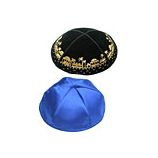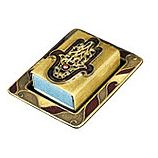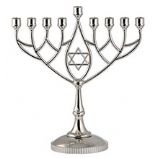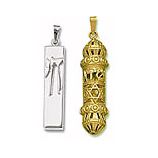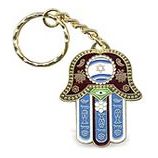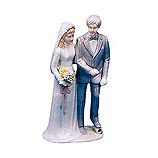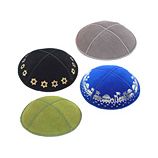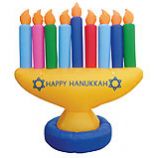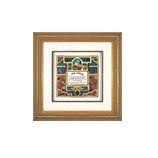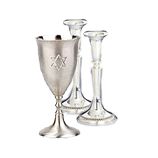Let's talk Kippot: Evreything You Need To Know About Kippot
After the Star of David, the Kippah is one of the most widely recognized symbols of Judaism today. Also known as a Yarmulka (Aramaic) Koppel (Yiddish) or Skullcap (English) the Kippah is a round head covering traditionally worn by Jewish males to show their reverence for God. While there is no specific commandment in the Torah that obligates the wearing of a Kippah, the Talmud states that purpose of wearing a Kippah is to remind us that there is a higher entity “above us.” (Kiddushin 31a) The external act of placing something quite literally above oneself at the apex of the head serves as an internal reminder that there is someone always watching, instilling Yirat Shamayim.
The Evolution of the Custom:
In Western culture removing one’s head covering is a sign of respect, whereas in Judaism, one indicates deference and veneration by donning additional coverings. From a Biblial standpoint, it was only the Kohanim (priests) serving in the Beit Hamikdash that were required to cover their heads, but eventually over many centuries, it has become the accepted practice of all Jewish males to wear head coverings, thus making it, according to many opinions, obligatory.
When to wear a Kippah:
An Orthodox male won’t walk four cubits (approximately 8 feet) without a Kippah, and certainly would not engage in any religious activity bareheaded. His Kippah is a loud statement wherever he goes, proudly trumpeting his Jewish identity to one and all. There are those that argue that if the Kippah serves as a distraction to everyday living and business dealings, it need not be worn on all occasions, and the less traditional communities generally put on Kippot only when participating in a religious ritual or ceremony, making it a popular keepsake for religious occasions such as a Bar Mitzvah or Wedding.
What Qualifies as a Kippah:
Just about anything that covers the head and is large enough to be seen from all sides qualifies as a Kippah. While a cap, scarf or beanie will do, it is of course, most respectful to wear a proper Kippah, especially in the Synagogue.
And what does a proper Kippah look like? Kippot vary in stripe, shape, and shade, and are as diverse as the Jewish nation itself. What began as a humble black covering centuries back, has evolved into a virtual rainbow of various colors, fabrics, and style, and there is something on the market to suit any Kippah seekers taste.
Satin and Moire Kippot in any color are an excellent, one size fits all, budget option when stocking up on Kippot for a Synagogue, or to give out at a religious event, but if one was interested in stepping it up a notch style wise, there are certainly a plethora of choices. Raw silk Kippot lend a certain elegance, elaborately embroidered Kippot give that splash of beauty and color, and suede/leather always exudes a special pizazz. For a distinctive edge and look at an excellent price there is the deluxe satin variety Kippot, and for those seeking a blend of beauty, tradition, and fun, there are the Kippot Srugiyot (Knit Kippot) available in a never ending assortment of patterns.
Of course, all Kippot can be personalized to commemorate an occasion, celebrate a team or character, or just bear the wearer’s name. At the end of the day, it is all a matter of personal preference, but at Zion Judaica we are proud to carry something for everybody.





